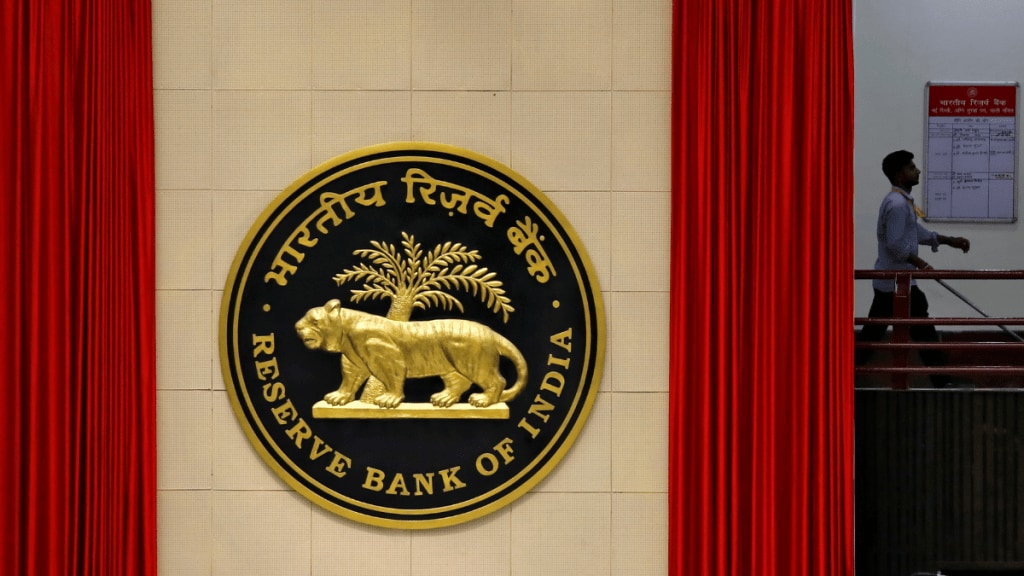The Reserve Bank of India’s surplus transfer of Rs 2.1 trillion was aided by a significantly lower provision of Rs 428 billion (Rs 1.3 trillion in FY2023), said a report by Kotak Institutional Equities, while adding that for FY2026, the surplus transfer is expected to be at least as high as this year. Provisions during the period was lower due to lower losses on the Investment Revaluation Account (IRA) of Rs 1.5 trillion as compared to losses of Rs 1.85 trillion in FY2023, which gets debited from the contingency fund on the last day of the financial year. Further, an increase in Available Realized Equity (ARE) to 6.5 per cent of the balance sheet from 6 per cent also aided the lower provisions.
Earlier on May 22, the RBI announced that it has approved a dividend payout of Rs 2.1 trillion to the central government for 2023-24. This is more than double the amount it had paid for the previous financial year 2022-23. The decision was taken at the 608th meeting of the Central Board of Directors of the RBI held under the Chairmanship of Governor Shaktikanta Das.
RBI’s balance sheet
The balance-sheet of the RBI has increased by 11.1 per cent over FY2023 to Rs 70.5 trillion, leading to the record dividend payout to the government for the year. According to the Kotak report, assets were propped up by 1) a 30 per cent increase in loans and advances to the center (through WMA, and OD), state governments (through special drawing facility), and financial institutions (through funds availed under LAF amid low system liquidity and increase in volume of reverse repo transactions); and 2) a 14 per cent increase in foreign investments.
Furthermore, liabilities were propped up by 1) a 27 per cent increase in deposits to Rs 17.2 trillion (led by an increase in NDTL of banks, increase in repo transactions by financial institutions outside India, and reverse repo deposits with the RBI); and 2) a 22 per cent increase in the contingency fund to Rs 4.3 trillion.
RBI’s income buoyed by foreign sources
Also, per the report by Kotak, total income in FY2024 increased to Rs 2.8 trillion (FY2023: Rs 2.4 trillion; 17 per cent YoY), with foreign income at Rs 1.9 trillion (Rs 1.5 trillion; 23 per cent) and domestic income at Rs 881 billion (Rs 833 billion; 5.7 per cent YoY). The sharp increase in foreign income, it added, was led by higher interest income at Rs 1 trillion (FY2023: Rs 603 billion), and the increase in domestic income was mainly due to lower net outgo of interest under LAF/MSF/SDF.
What will aid higher FY2026 surplus transfer
According to Kotak Institutional Equities, in FY2025, interest earnings are likely to be higher than the current year given delays to the global rate cut cycle, especially in the US. Losses on the IRA could also be lower due to lower capital losses in the investment book. However, it added, earnings from FX sales could be lower compared to FY2024 amid limited space to conduct FX sales operations. “This could potentially also be higher to the extent of 0.1-0.5 per cent of GDP assuming different scenarios of interest income on FX assets and lower losses on investment revaluation, and lowering Available Realized Equity (ARE) to 6 per cent,” Suvodeep Rakshit, Vice-President and Senior Economist, Kotak Institutional Equities.


